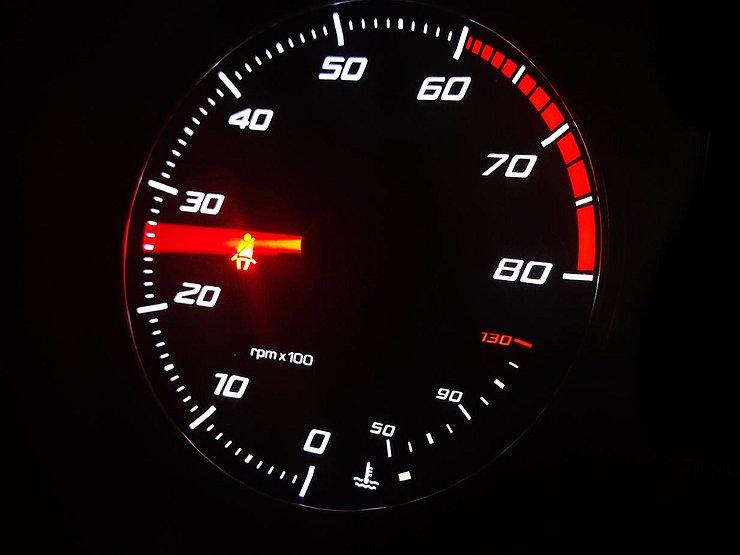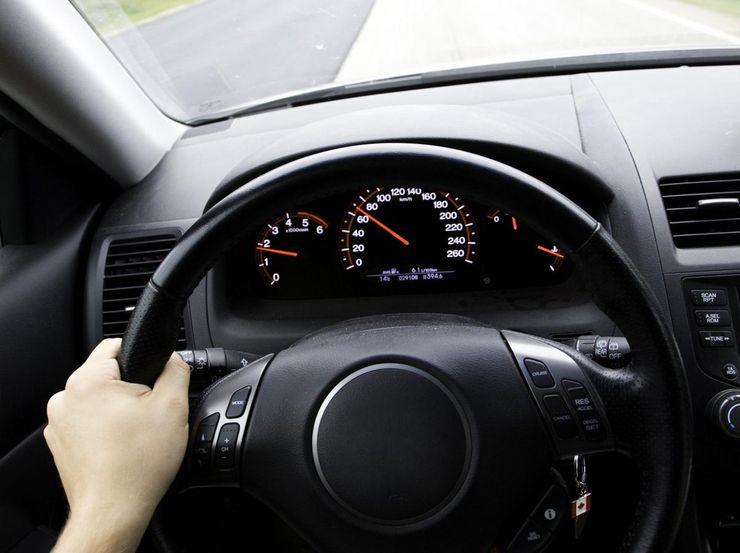
Why do modern cars need a tachometer?
It is not necessary for a modern driver to thoroughly know the structure of a car in order to safely drive it every day to work and back. Agree, in our time there are many car owners with an impressive driving experience who still do not know a clear answer to the rhetorical question: why is a tachometer installed on the instrument panel?
Even if, sooner or later, you look on the Internet and memorize the sacramental phrase: “A tachometer is a device that measures the speed of a car’s crankshaft in one minute,” not every driver will understand why he personally should follow this. After all, for most, the main thing is that the steering wheel and wheels spin.
On the other hand, if automakers spend money to install this device in every production car, then they are sure that the “helmsman” needs it. But, alas, in reality, the tachometer readings are controlled mainly only by advanced drivers, who, as a rule, drive cars with a manual gearbox or use the manual “automatic” mode.

Such drive lovers have the opportunity to spin the engine up to high speeds to improve dynamics. But it's no secret that constant driving in this mode significantly reduces the life of the internal combustion engine. Just like systematic movement at low speeds, it does not have the best effect on his health. Therefore, it is desirable for each driver to control this indicator, which is the main function of the tachometer.
For those who are important to ensure the safe operation of the motor, driving a car should follow the optimal speed mode, keeping the arrow within acceptable limits. This will not only increase the engine resource, but also save extra liters of fuel.

For each car, the optimal zone where the arrow of the device “walks” in a safe mode may be different depending on the type of power unit and its characteristics. But most often it is between 2000 and 3000 rpm.
In cars with "mechanics" and with manual "automatic" mode, the speed on the tachometer dial is controlled by gear shifting. In the presence of an automatic transmission, this is done by manipulating the gas pedal. In addition, the tachometer can be used to diagnose a faulty engine without leaving the car. If at idle the speed “floats” and the arrow wanders unauthorizedly around the dial, then for an informed driver this will be a convincing signal that it is time to visit a car service.
However, for sure, most car owners do not worry about this topic at all and never look at the tachometer, completely trusting the automatic transmission. So in the end it is fair to admit that this device is installed in cars not for drivers, but still for auto mechanics who use it during engine diagnostics.